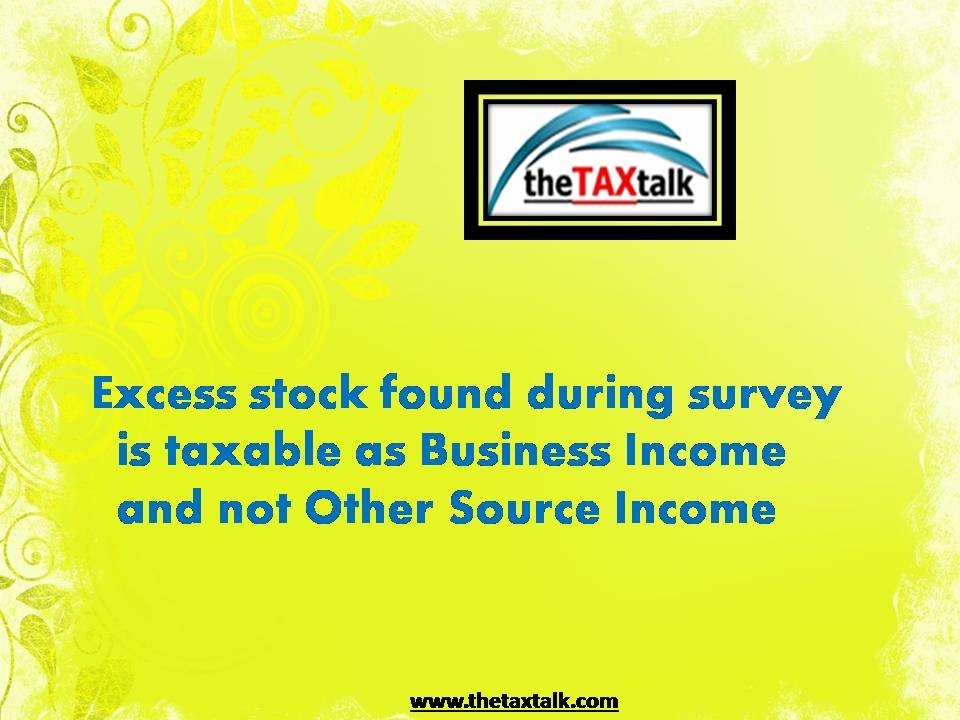Saving is tough enough as it is, especially when you don’t have much income, and there are only a few incentives to save lately. Savings account interest rates at the bank are low, and the stock market continues to seem as unpredictable as ever, so it would be nice to know if there were a few infrequently published benefits to saving just floating around out there.
There is one, and it’s called the Retirement Savings Contributions Credit, more commonly referred to as the Saver’s Credit. If you are looking for a bit of a boost when it comes to your taxes, you might consider the Saver’s Credit. This tax credit encourages low-income and moderate-income tax filers to contribute to certain tax-advantaged retirement accounts.
What is the Saver’s Credit?
If you qualify, it’s simply a credit issued based on your contributions to a qualified retirement fund. The credit itself is a percentage of your qualifying contribution amount, up to $1,000 for single filers and $2,000 for joint filers.
This is in addition to the other tax benefits of contributing towards your retirement.
Who Qualifies for the Saver’s Credit?
In order to qualify, you need to contribute to a 401(k), 403(b), governmental 457(b), SARSEP, SIMPLE plan, Traditional IRA, or Roth IRA. Your own contributions to these accounts can qualify you for the credit, but your employer’s contributions, such as through a match, won’t be considered.
In order to be eligible, you need to be at least 18, and you can’t be claimed as anyone’s dependent. Additionally, you can’t be a full-time student to qualify. There are also income restrictions.
For tax year 2023, the credit begins phasing out when your Adjusted Gross Income (AGI) is $43,500 as married filing jointly and disappears at incomes more than $73,000. Single filers start seeing a phaseout with an AGI of $21,750 and can’t take the credit if they make more than $36,500.
How Much is the Saver’s Credit Worth?
Your Saver’s Credit is based on how much you contribute and your income level up to the phaseout. You can claim a percentage of the first $2,000 you contribute. You can claim 50 percent, 20 percent, or 10 percent of that $2,000. So, the maximum amount of the credit is $1,000.
However, it’s worth noting that each individual can claim the credit, so a married couple filing a joint return can claim up to $2,000. If you qualify for the 50 percent level, and you contribute $2,000 to your account, and your spouse contributes $2,000 to his or her account, you can claim a credit of $2,000 together. The Saver’s Credit is a tax credit, so it acts as a sort of gift card. It directly reduces the amount of tax you owe.
This is different from a tax deduction, which simply reduces the amount of income you have. A tax credit is generally considered more valuable since it directly reduces what you owe.
It’s important to understand that the Saver’s Credit is a non-refundable tax credit. This means that the credit can take what you owe down to zero, but it won’t result in a refund. So, if you owe $1,500 in taxes and you have the maximum credit of $2,000, your applied credit will mean that you owe nothing, but you won’t be able to get a refund for the leftover $500.
However, even if you don’t get a refund out of it, you have still reduced what you owe in taxes, and you get the added benefit that comes from adding more money to your tax-advantaged retirement account.
Remember you can contribute to your IRA until the tax deadline (typically April 15 of the following year) and reap the benefits of your deduction for contributing to your IRA and benefit from the Saver’s Credit. TurboTax will help you get this and other tax credits and deductions you deserve. Meet with a TurboTax Full Service expert who can prepare, sign, and file your taxes so you can be 100% confident your taxes are done right. Start TurboTax Live Full Service today, in English or Spanish, and get your taxes done and off your mind.
One response to “What is the Saver’s Credit?”















